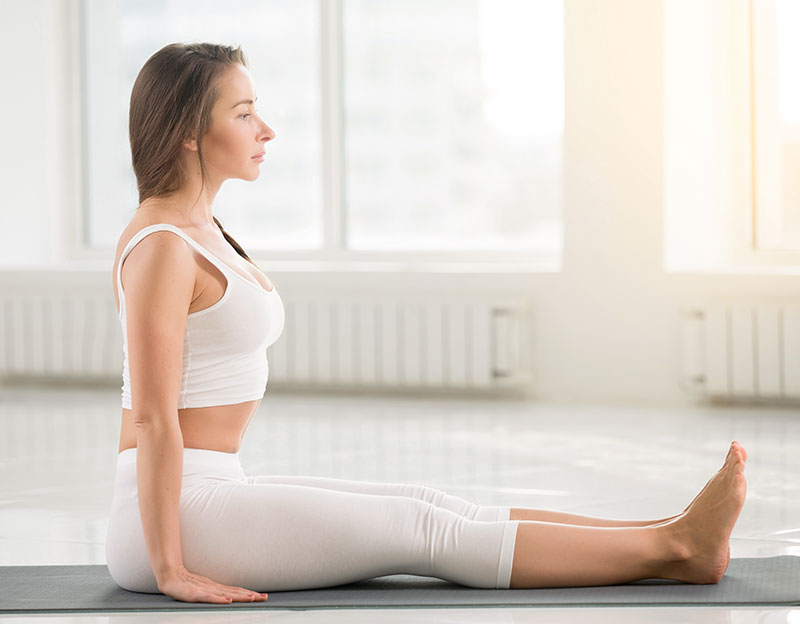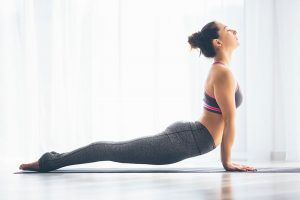Millions of Americans complain of chronic pain yearly, with as many as 28 percent identifying lower back pain as the source. If you are one of those who suffer from constant pain in your lower back region, an exercise routine to strengthen your lower back and improve your posture may be necessary.
Contact us at Nault Chiropractic in Worcester today to schedule a consultation with board certified chiropractor Dr. Stephen Nault and see what we can do for your chronic back pain.
Although we offer postural analysis to our patients to assess which areas of the back and spine can be improved, there are also posture exercises that you can do at home to help the process.





